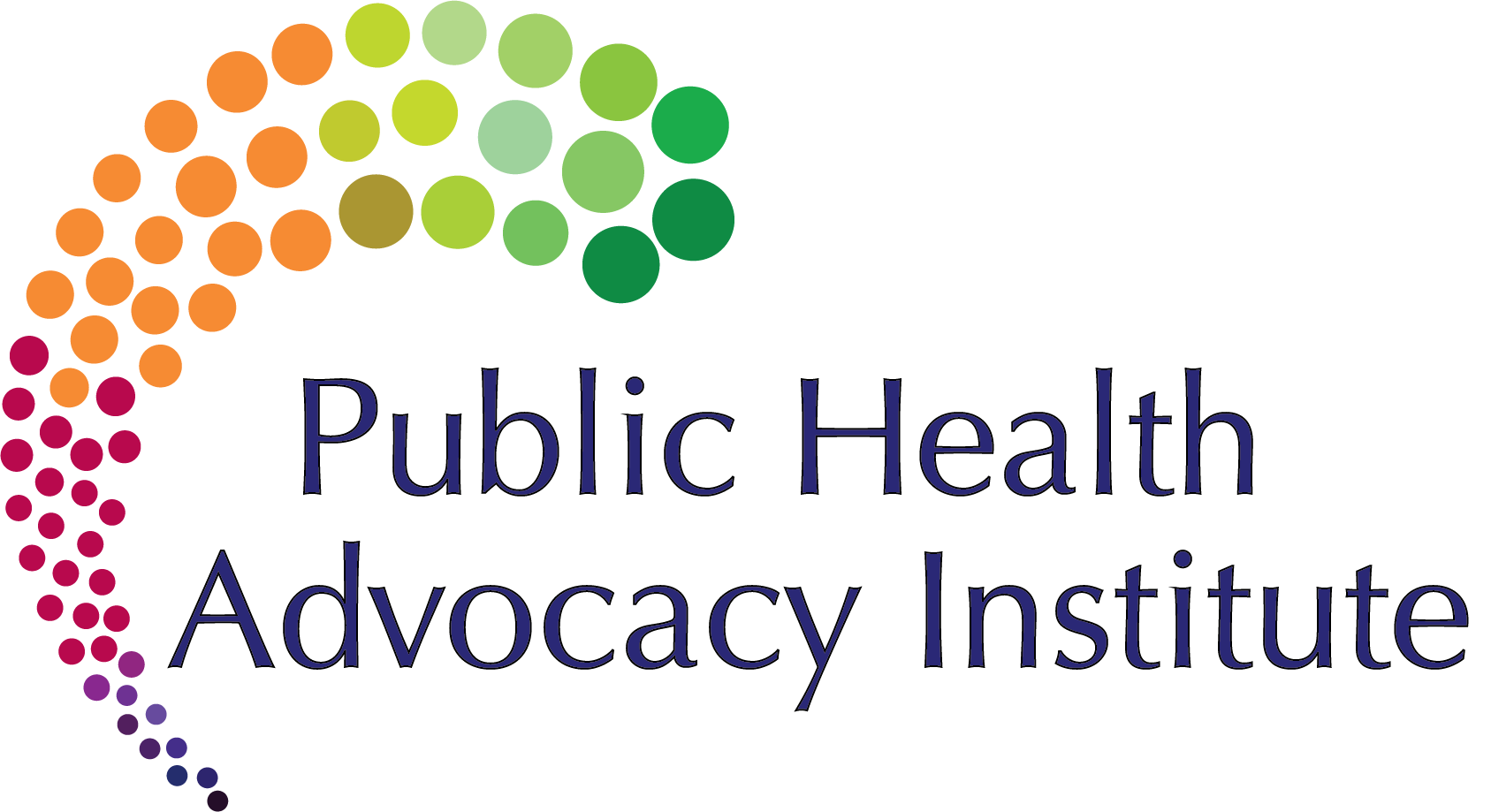In August, 2011, five tobacco companies[1] filed a complaint[2] against the FDA in the United States District Court for the District of Columbia alleging that certain provisions of the Family Smoking Prevention and Tobacco Control Act (“Tobacco Act”) violated their First Amendment right to free speech.[3] The tobacco companies challenged the graphic warning requirements which mandated that new graphic warning labels must comprise the top 50% of the front and back panels of cigarette packages, and 20% of each cigarette advertisement. The labels include textual warnings, graphic warnings, and a “1-800-QUIT-NOW” hotline.
Any attempts by the government to infringe on free speech must meet “strict scrutiny,” meaning that the government must assert a compelling interest for subsidizing the speech and must use narrowly tailored means to do so. There are two exceptions to the strict scrutiny rule when the government is dealing with commercial speech.[4] The first, known as the Zauderer test, is that factual and uncontroversial disclosures of information are considered permissible under the First Amendment if they are reasonably related to the government’s interest in preventing consumer deception and are not overly burdensome.[5] The other, the Central Hudson test, allows restrictions on commercial speech if the government can prove their interest is substantial, the restriction materially advances that interest, and the restriction is narrowly tailored.[6]
The District Court granted a preliminary injunction on the graphic warning requirements and granted summary judgment for the tobacco industry. The District Court held that the graphic warnings were not factual and uncontroversial disclosures of information that would fit into the Zauderer test. Using strict scrutiny, the District Court held that the FDA failed to show that the warnings were narrowly tailored to achieve a compelling government interest.[7]
A three-judge panel for the U.S. Court of Appeals for the D.C. Circuit affirmed, 2-1, that the graphic warning requirements are an unconstitutional violation of the tobacco industry’s first amendment protections, but held so under different reasoning. Similar to the District Court, The Court of Appeals held that the graphic warnings could not be analyzed under the Zauderer standard.[8] The court stated that Zauderer only applies to avoid misleading or incomplete commercial advertisements. With the additional advertising regulations put in place by the Tobacco Act, such as a ban on labeling cigarettes as “light” or “mild”, the court held that there is no evidence that the graphic warnings are in place to combat deceptive claims.[9] Rather, the court viewed them as impermissible attempts by the FDA to discourage people from smoking.[10]
Alternatively, the Court of Appeals applied the Central Hudson standard, rather than the strict scrutiny test used by the District Court, to hold the graphic warning requirements unconstitutional.[11] While the Appellate Court acknowledged that the FDA’s interest in reducing smoking rates could qualify as a substantial interest, the Court ruled that the FDA failed to prove that the graphic warnings would reduce smoking rates.[12] The Court stated that the FDA did not provide “a shred of evidence” that these graphic warnings would actually lead to a reduction in smoking rates. [13] Thus, the graphic warning requirements failed to materially advance the government’s interest and are an unconstitutional limit on commercial speech.
The dissenting appellate judge would have upheld the graphic warning requirements, except for the “1-800-QUIT-NOW” hotline, under both the Zauderer and Central Hudson standards.[14] The judge wrote that Zauderer is the correct standard of review as the warning labels convey factually accurate information and prevent misleading commercial speech, noting the tobacco industry’s history of deceptive claims regarding the adverse health effects of smoking.[15]
The FDA’s petition for a rehearing of the case before all of the judges on the D.C. Court of Appeals was denied on December 5, 2012. On March 15, 2013, the Attorney General announced that the FDA would not petition for the Supreme Court to review the decision.
[1] R.J. Reynolds Tobacco Company, Lorillard Tobacco Company, Commonwealth Brands, Inc., Liggett Group LLC, and Santa Fe Natural Tobacco Company, Inc.
[2] Online Copy of Initial Complaint: http://www.hpm.com/pdf/blog/TobCompl-8-2011.pdf
[3] RJ Reynolds Tobacco Co. v. Food and Drug Administration, 696 F.3d 1205, 1208 (D.C. Cir, 2012).
[4] RJ Reynolds, 696 F.3d at 1212.
[5] Id.
[6] Id.
[7] Id. at 1212-13.
[8] Id. at 1214-15.
[9] Id. at 1215.
[10] Id. at 1216.
[11] Id. at 1217.
[12] Id. at 1218-19.
[13] Id. at 1219.
[14] Id. at 1223.
[15] Id. at 1222.

